There is no consensus as to what a supercar even is, let alone when the first one appeared.
Recently, I found the term in a test of a V12 Lagonda printed in a 1938 issue of The Autocar, but some reckon it’s older even than that. Others, however, claim that its use in the sense we understand today is far more recent, becoming part of common speech only in the 1970s and referring only to cars built from the mid-1960s.
But my sense is that the car with the best claim to being the first true supercar is Mercedes-Benz’s 300SL ‘Gullwing’, an immaculate example of which you see photographed in company with its latest offering to the breed – the 63-years-younger Mercedes-AMG GT R.

So far as I am aware, the SL was the first to reset our understanding of what a road car could do. Even in 1954, there were some that could live with its performance, but these were racing cars capable of being driven on the road only thanks to regulations that required that ability. But although it did race, that was not the Gullwing’s purpose.
Indeed, being fundamentally designed for street use is as key a strand of supercar DNA as genuinely extraordinary performance for the standards of the day. Other top priorities include an appearance as arresting as it is exotic, an unaffordable price and the provision of pure driving pleasure. There are saloon cars, estates and even SUVs that have had supercar performance bestowed upon them, but this does not make them supercars any more than painting stripes on donkeys makes them tigers.
The GT R has more in common with the Gullwing than its frontengined, rear-drive, two-seat configuration and a three-pointed star on its nose. It has the correct supercar approach, too. Neither car is particularly practical, but nor are they so impractical as to be mere short-distance recreations, because that would tip them more towards being sports cars unless countered by simply unbelievable performance and presence. Both are cars you’d relish driving all day long. Both are sufficiently civilised on the motorway to make the journey to the mountains actually enjoyable rather than merely tolerable and both offer outstanding levels of entertainment when you finally arrive. Neither is intended or will be used primarily as a track car, but both – by the standards of their era – are entirely at home in that environment.
Charting the course from Gullwing to GT R plots a graph characterised by a gentle upwards sloping line of performance, punctuated by occasional giant leaps. A standard is set and steadily improved upon until someone gets bored and does something seen at the time as entirely nuts but that, in a remarkably short period of time, becomes adopted as the new norm.
The first of these was the Lamborghini Miura. Since the 300SL, supercars had become more prevalent, with cars like the Ferrari 250 GT, Aston Martin DB4 and, of course, the Jaguar E-Type all offering variations on the theme. But in 1966, the Miura took the songbook and shredded it. It was mid-engined and it had a transverse V12 and looks so incredible that the argument over who was responsible for them continues more than half a century later.

But now a reality gap emerges and, as always happens in such cases, things start to get murky. If it can be said that, back then, the Italians often attributed rather, er, healthy power outputs to their engines, it’s fair to say they were not alone. The E-Type may have had 265 horsepower, but this was a gross figure and significantly overstated actual brake horsepower.
Also – and because on those rare occasions when supercars were independently tested, they may or may not have been in standard tune – true performance was difficult to measure. Remember the E-Type that famously did 150mph for its 1961 road test in Autocar? Well, the truth is that it did so only with an engine that was closer to race than road car specification. And did a Miura really have 380bhp in ultimate SV form? Probably no more than did an early Ferrari Berlinetta Boxer. One magazine once got hold of one such Boxer to test its claimed 188mph top speed and couldn’t tempt it past a true 163mph.
Throughout this period, the supercar daddy was the Lamborghini Countach, but once you got past the hype, preposterous appearance, wailing V12 soundtrack and a penchant for beating Ferraris in magazine group tests, the truth was that it advanced the art only slightly. By the mid-1980s, it was time for the next big leap, but it was neither Lamborghini nor Ferrari that made it.
It was Porsche. The 959 broke all the supercar rules. It was based on a lesser machine. It had four-wheel drive. It even had rear seats, for heaven’s sake. But in an era when most supercars struggled to break a true 180mph, the 450bhp 959 would absolutely, positively reach 197mph.
Ferrari’s answer to this technological tour de force was to approach the problem from the diametrically opposed direction, its F40 being the simplest, sparest supercar ever seen. But it was also the lightest and, at the time, the fastest, becoming the first road car capable of reaching a genuine 200mph. To this day, there are journalists who will tell you the F40 is the greatest road car ever made, and until the LaFerrari came along, I was one of them.

And then all hell broke loose. The world was in the tertiary stage of a rampant bull market and suddenly anything seemed possible. Plans for supercars more exotic than ever seen before came from all directions save the expected: Jaguar showed a monstrous supercar called the XJ220 and promised to put it into production. A man called Romano Artioli bought the rights to the Bugatti name and built an entire new company around it to deliver what he believed would be the ultimate street car. And while waiting in the departure lounge of Linate airport after the 1988 Italian Grand Prix for a delayed flight home, McLaren men Ron Dennis and Gordon Murray had a conversation that would, in time, change everything.
But although all these cars were conceived in a world that had never been more receptive to such ideas, they were born into one that could scarcely have been more hostile. The global economy had turned and suddenly the idea of dropping a fortune into what shareholders and employees would likely regard as an unacceptably ostentatious wealth statement didn’t seem so clever after all. The £403,000 XJ220 flopped, as did the £285,500 Bugatti EB110 GT, and they were not alone.
But the small, subtle, practical and usable McLaren F1 would be all right, surely? Not even that. Even as it raised the bar of road car performance higher than any other car before or since, so, too, did McLaren struggle to find homes for arguably the most radical, innovative supercar of them all. Just 64 standard road cars were built, and McLaren lost money on every one of them.
The apparently inexorable rise of the supercar faltered after that. It didn’t stop, but as cars like Ferrari’s F50 and Enzo came and went without going any faster, it seemed that the high-water mark of street car performance had been reached.
Well, we got that wrong and the next game-changer also came from an unexpected direction: the Volkswagen Group, which had bought the Bugatti name. It took years to create and also lost its maker a stack of cash, but when it finally broke cover in 2005, could anyone argue that with 16 cylinders, four turbos, 1001 horsepower and a documented top speed of 253mph, the Bugatti Veyron was indeed the next step in the evolution of the supercar?
Yes, as it turns out. Calling a car with a quadruple-digit power output by the same name as all the supercars that went before seemed not to do it or its incredible performance justice. A new term was needed. Would it be an ultracar? A megacar? Or a hypercar. You will know by now which one stuck.
But whatever you want to call them, these cars had one more step to make before reaching the present day. Somewhat improbably, it seems that Porsche, Ferrari and McLaren all decided at pretty much the same time that what was really needed was a hybrid hypercar, and so the ‘holy trinity’ of the 918 Spyder, LaFerrari and P1 were born. None was as powerful as the Veyron but it scarcely mattered: relatively lightweight and compact, they had as they were, their real-world performance was in a different league.

Today, we await the next move but, in truth, we know what it is. There are hypercars aplenty now, including the tiny niche players like Pagani and Koenigsegg. The Bugatti Chiron is fully developed and places almost 1500bhp under its driver’s right foot. But no one has yet made a car with a 1000bhp per tonne power-toweight ratio, or put a proper Formula 1 powertrain in a road-legal street machine. But that is what the Aston Martin Valkyrie and Mercedes-AMG Project One respectively promise to do.
It turns out that those people, like me, who really did think the McLaren F1 would represent the high-water mark of supercar design 25 years ago didn’t have a clue. In fact, it was just getting into its stride. Where it will be 25 years from now is beyond my powers of imagining.

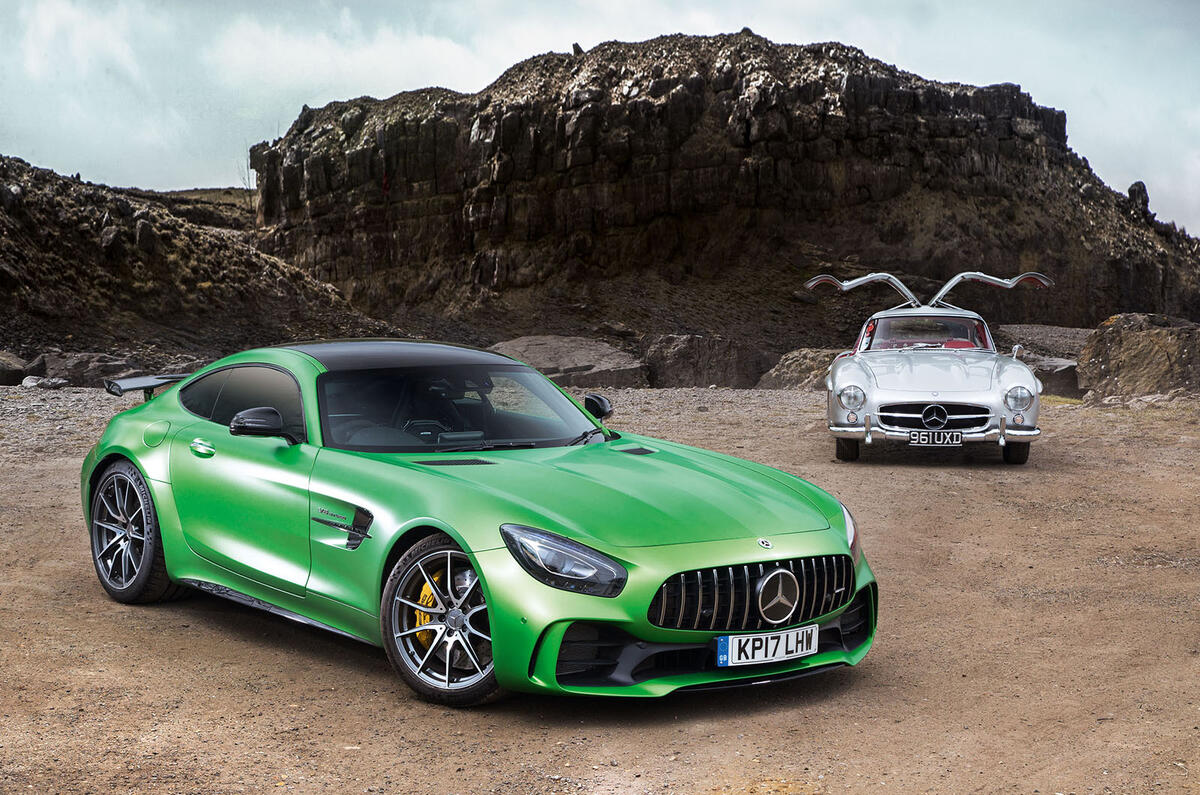
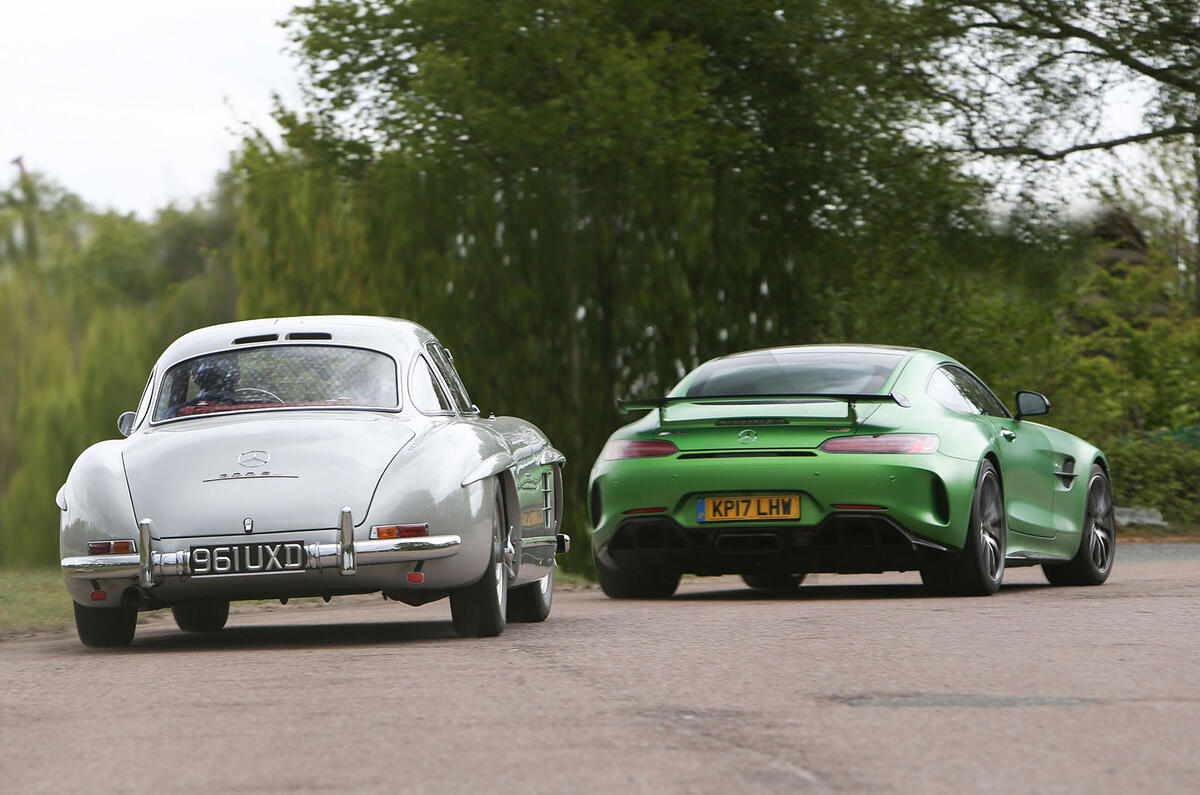
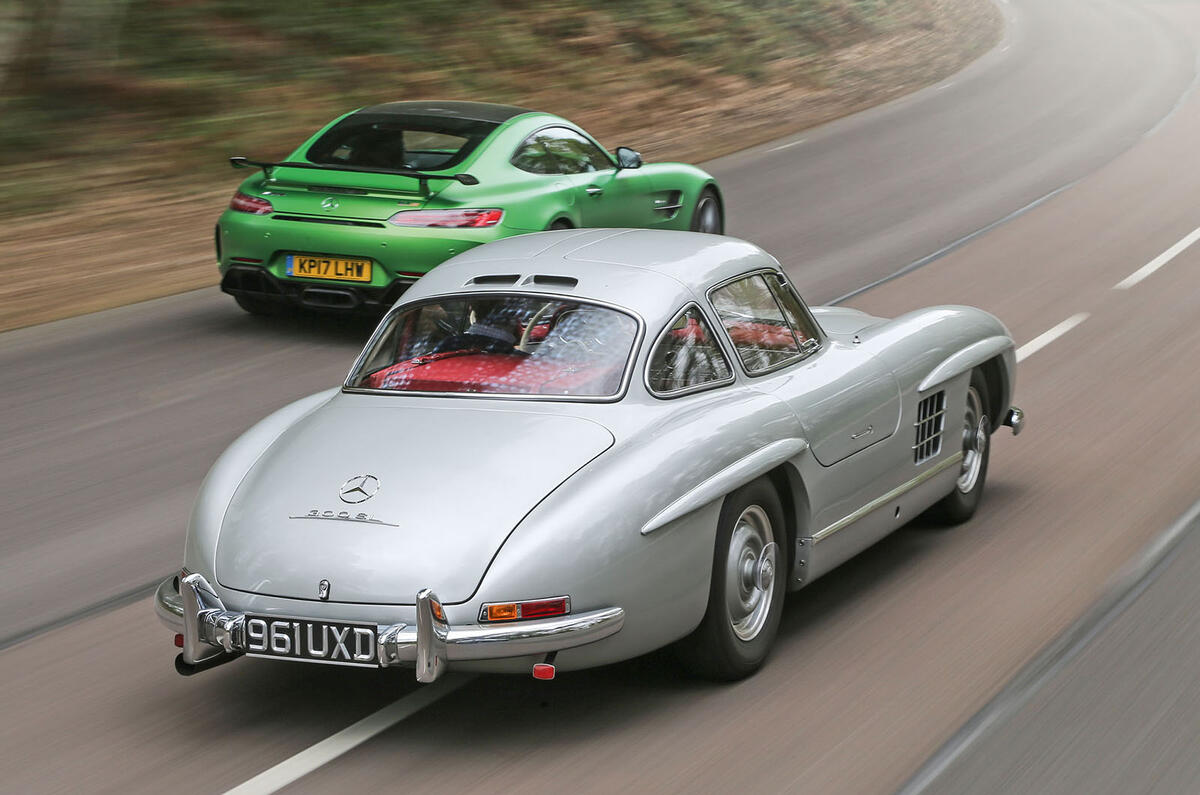
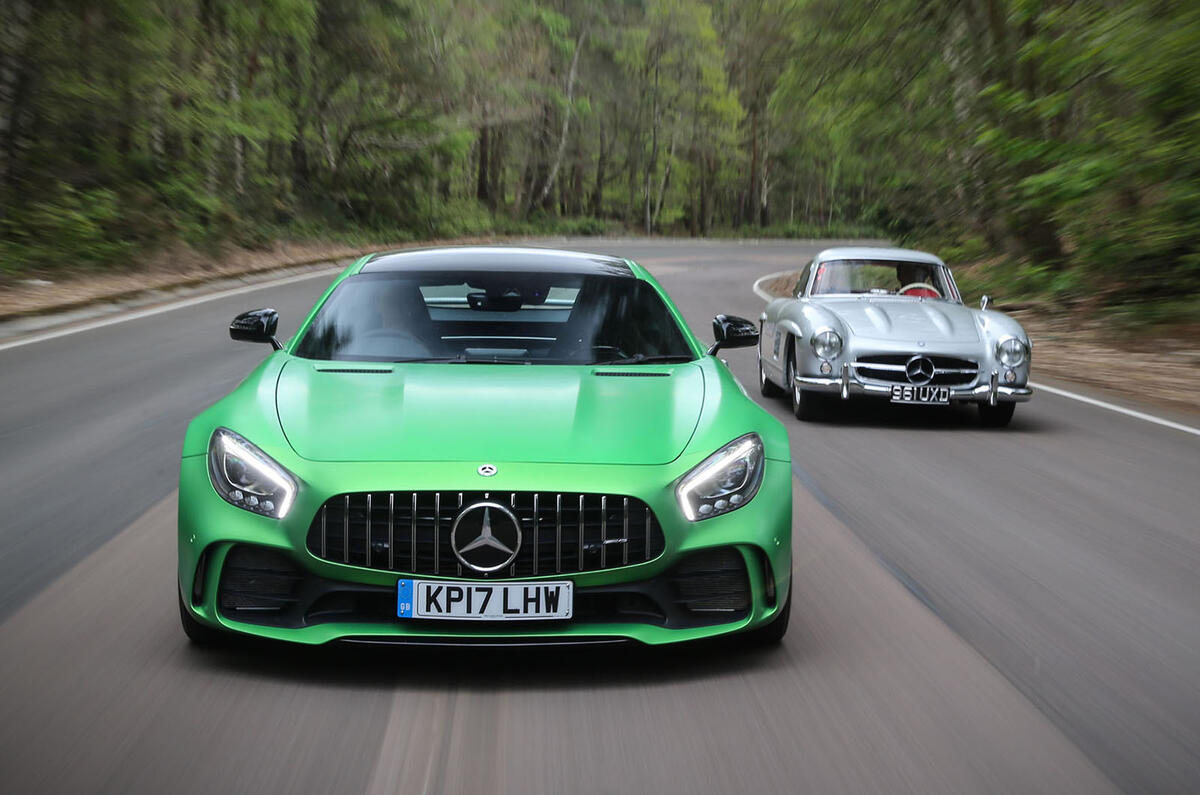
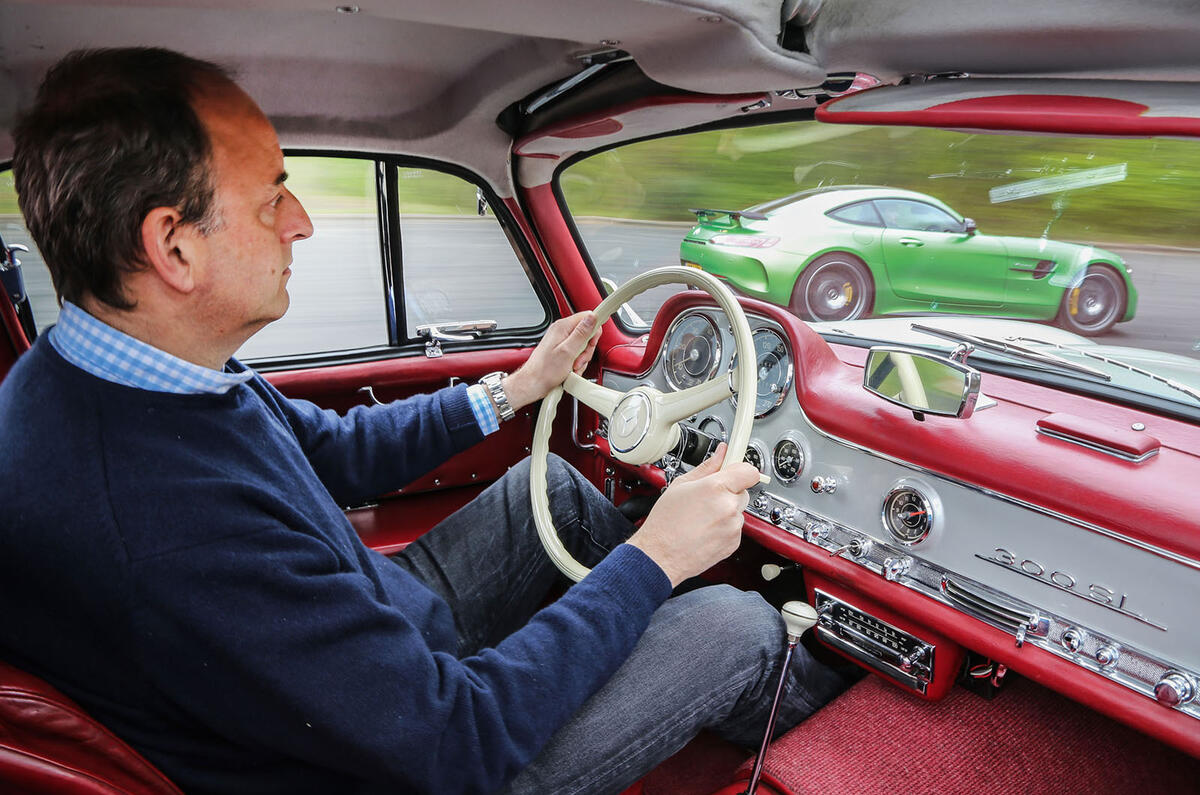
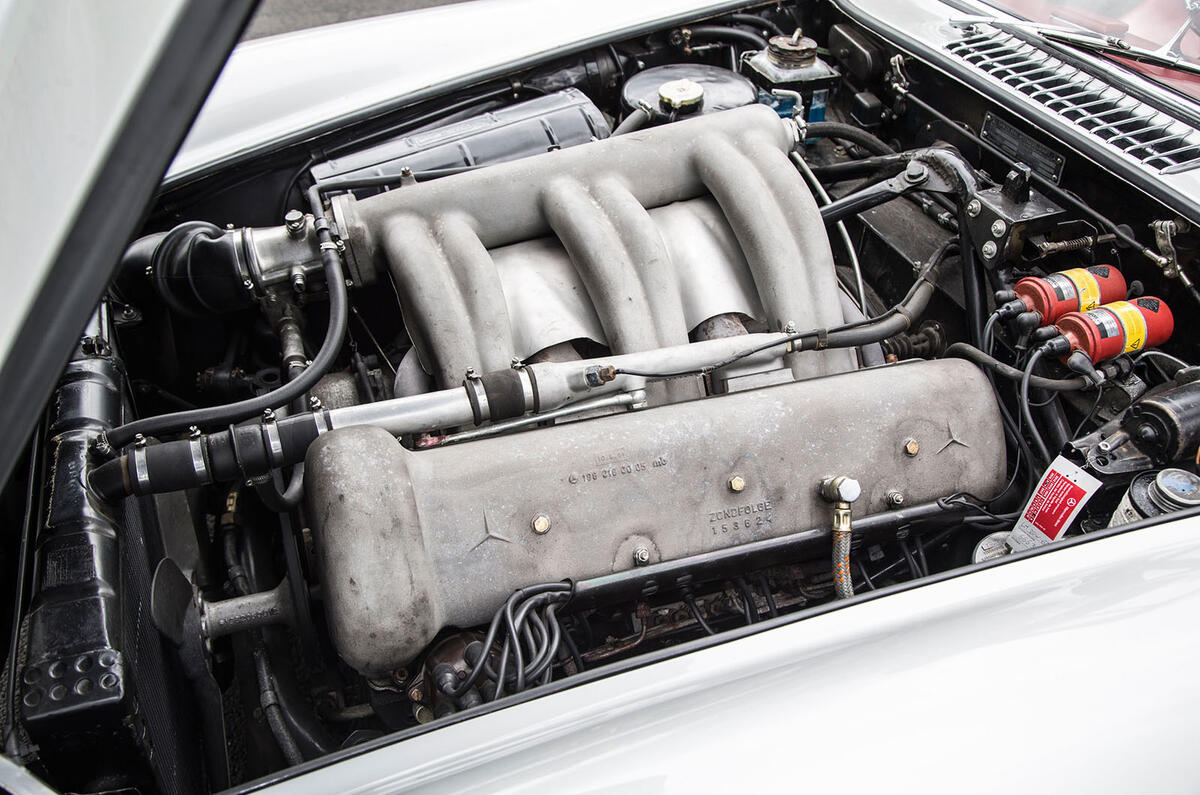
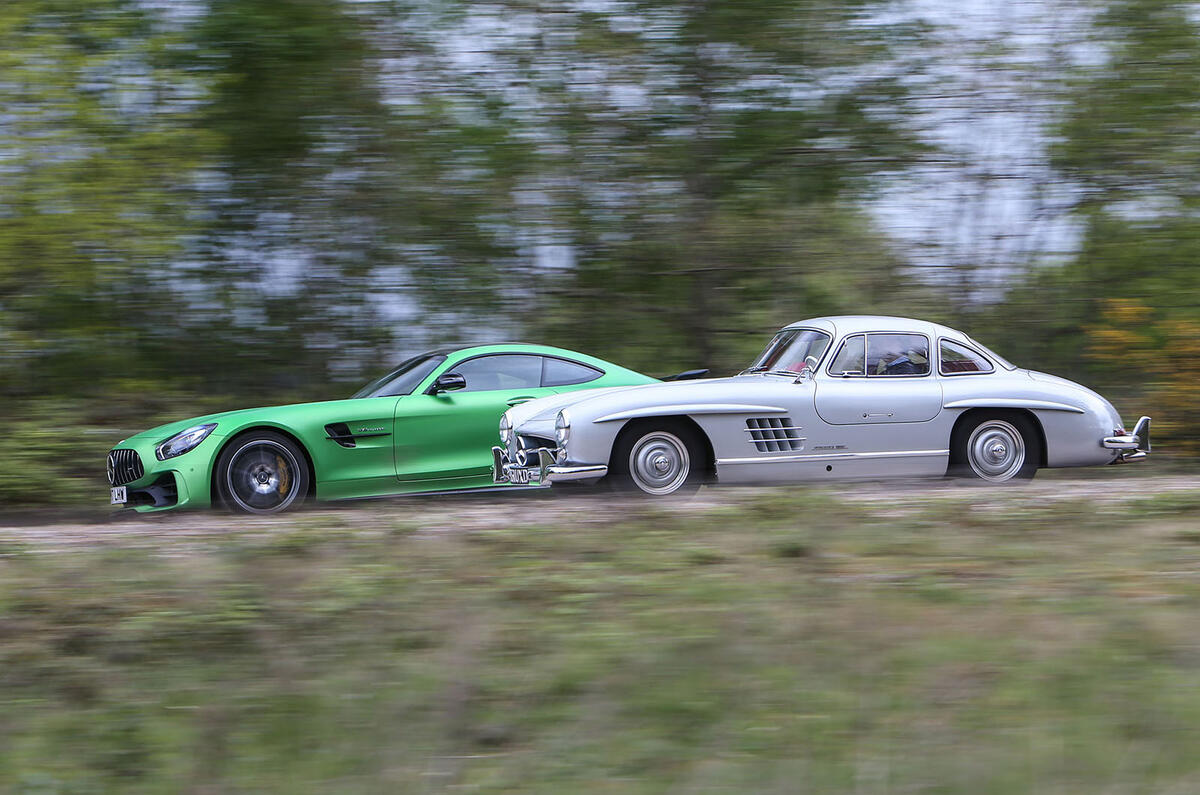
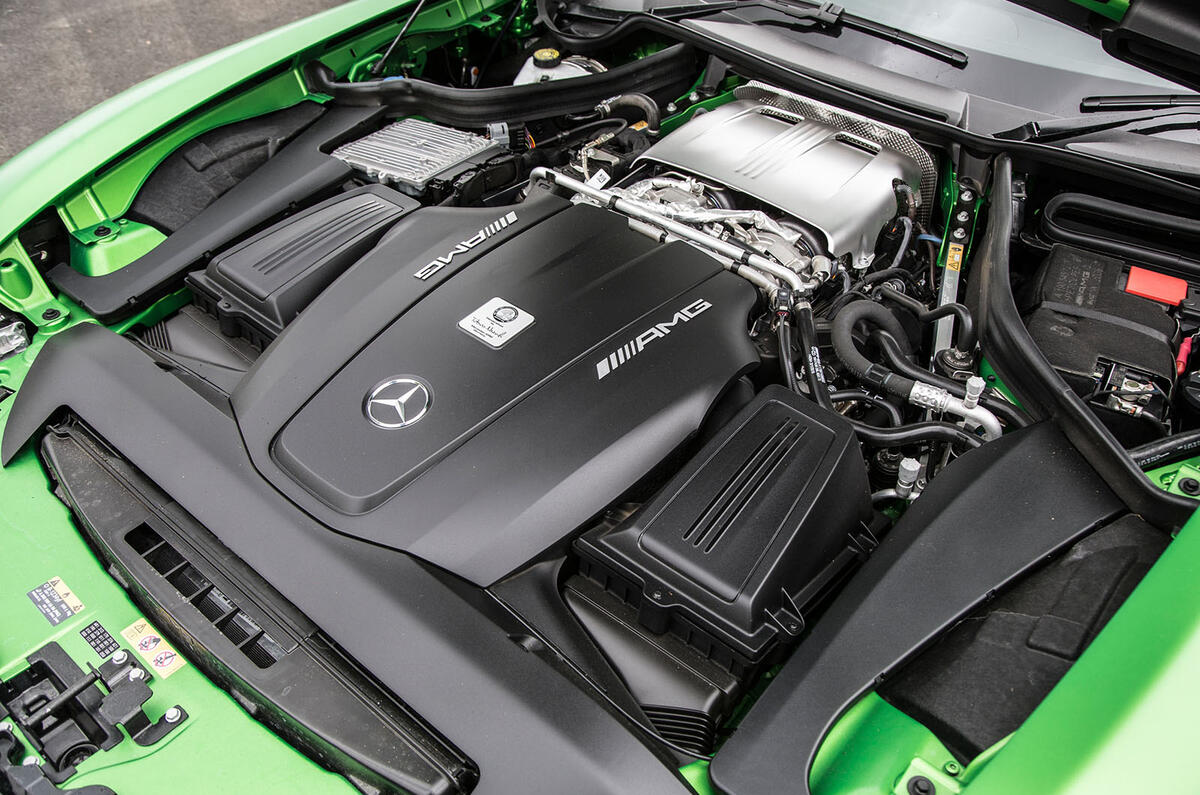
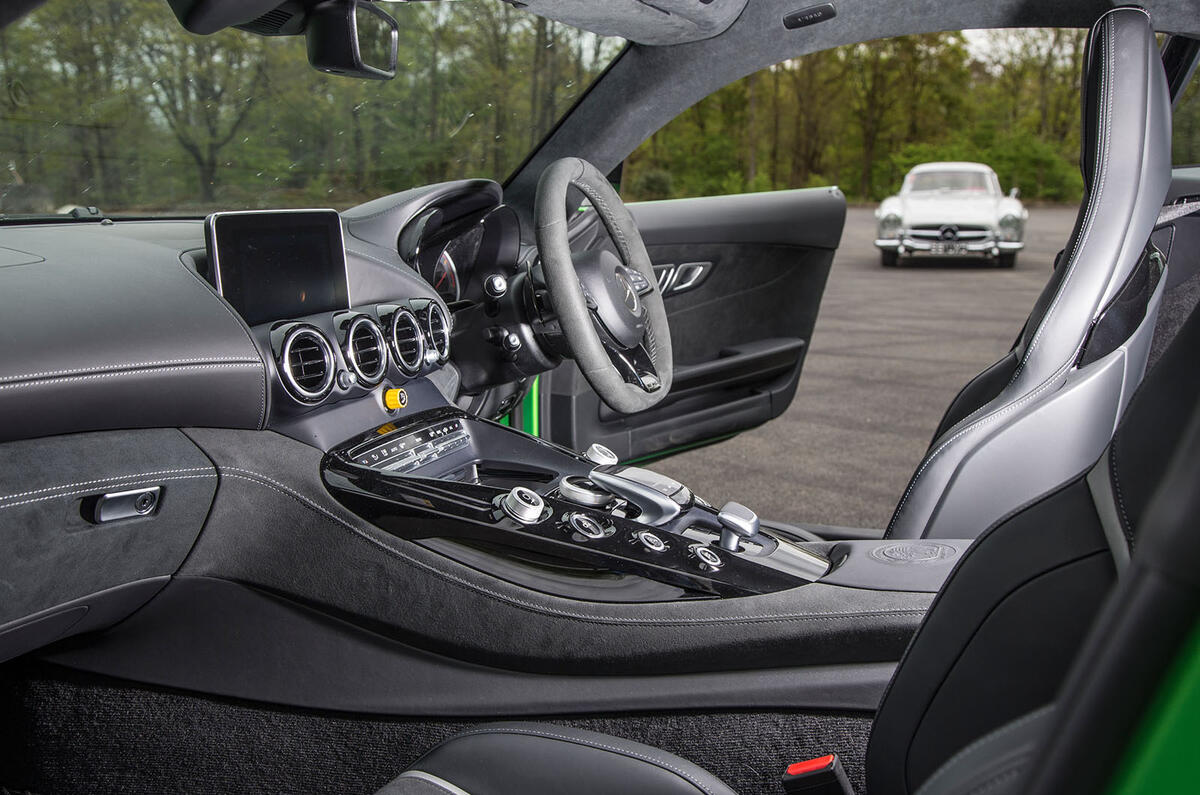
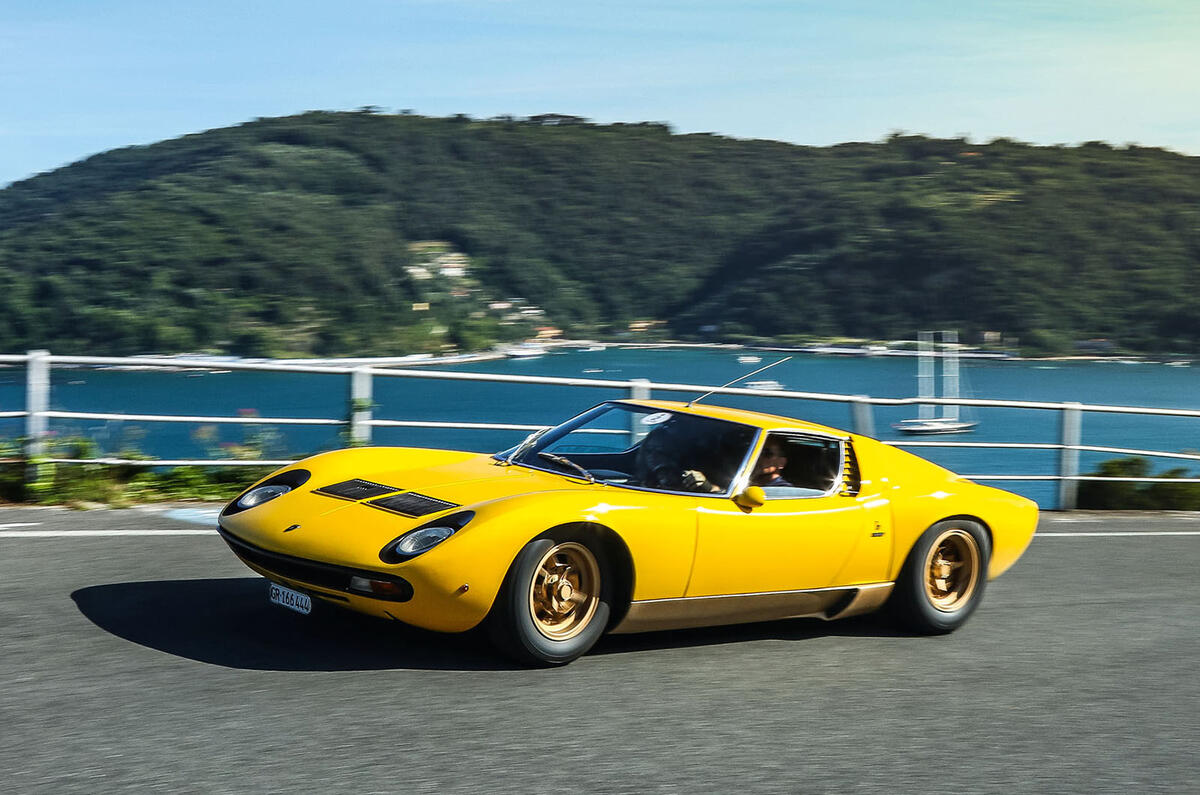
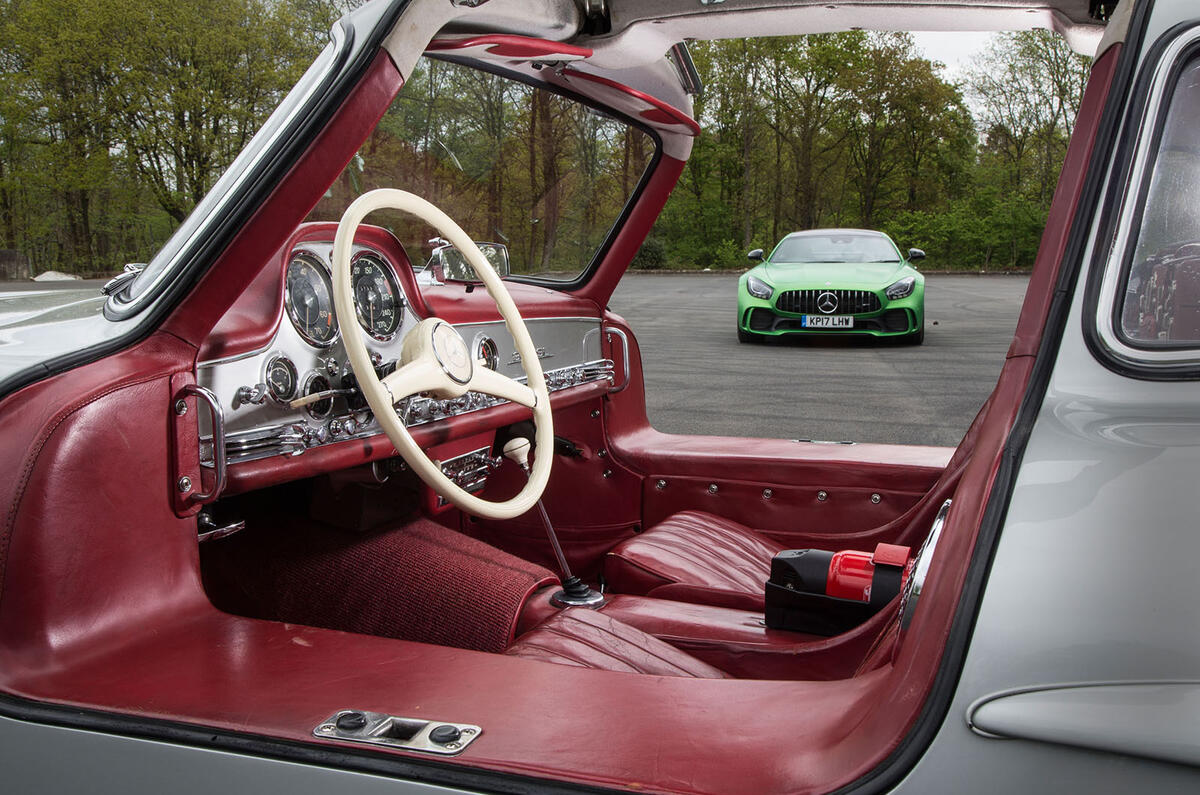
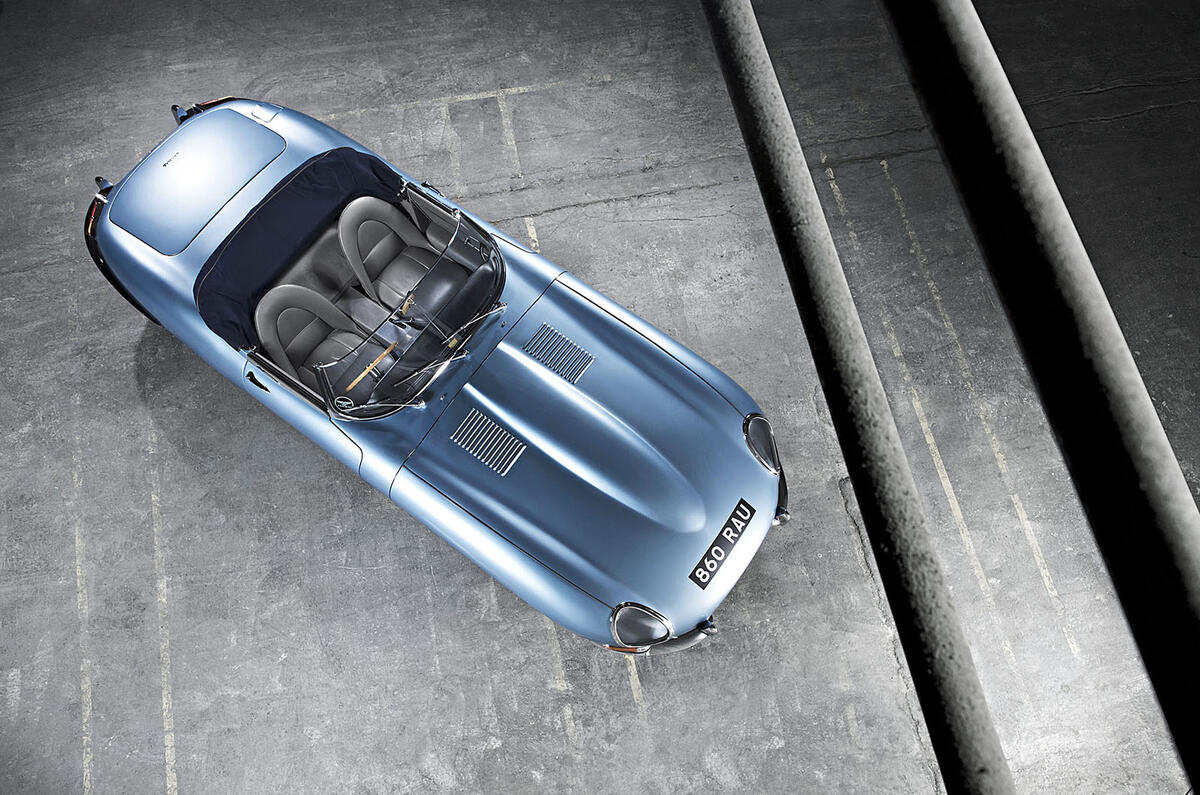
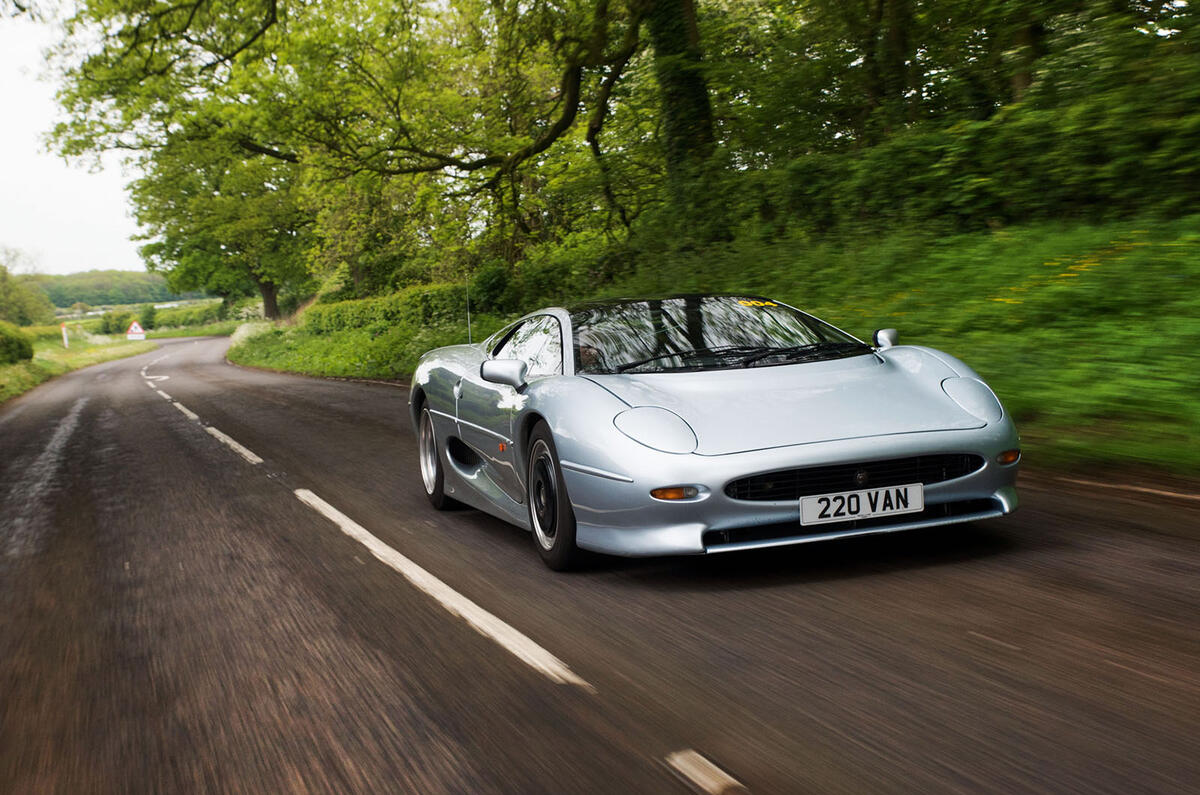

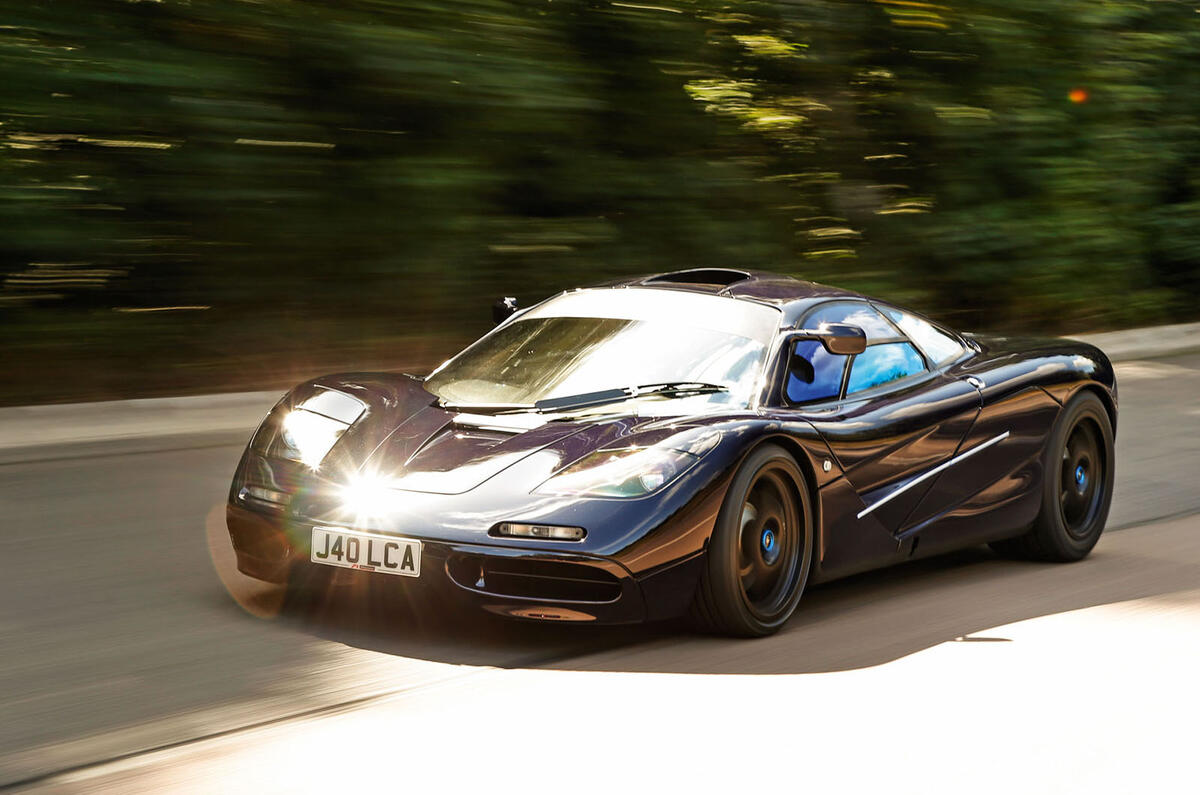
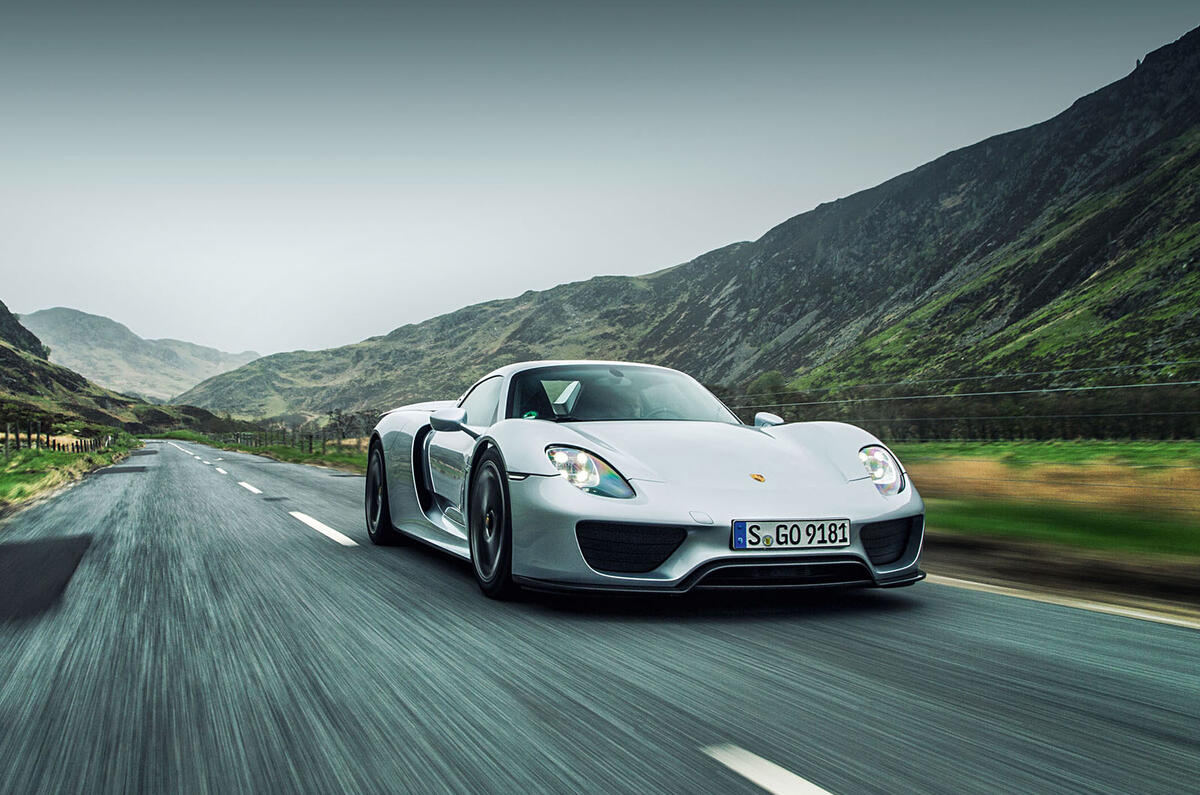
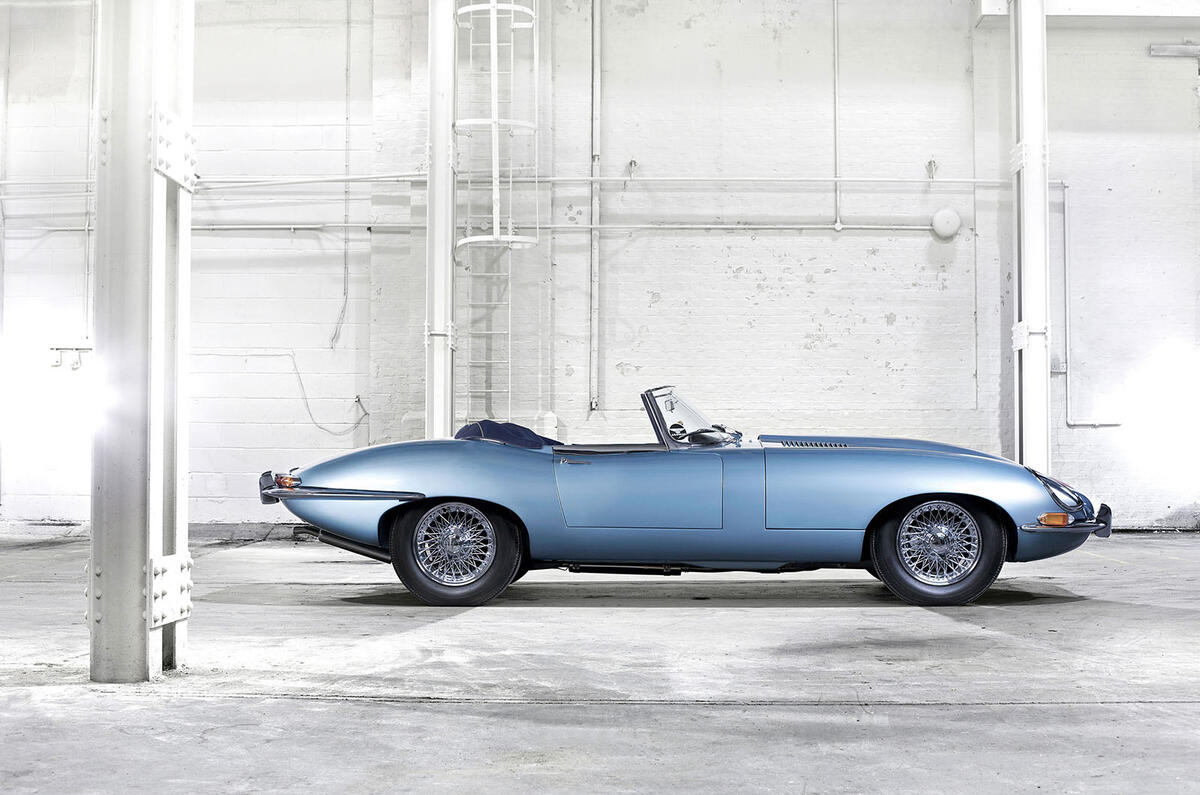
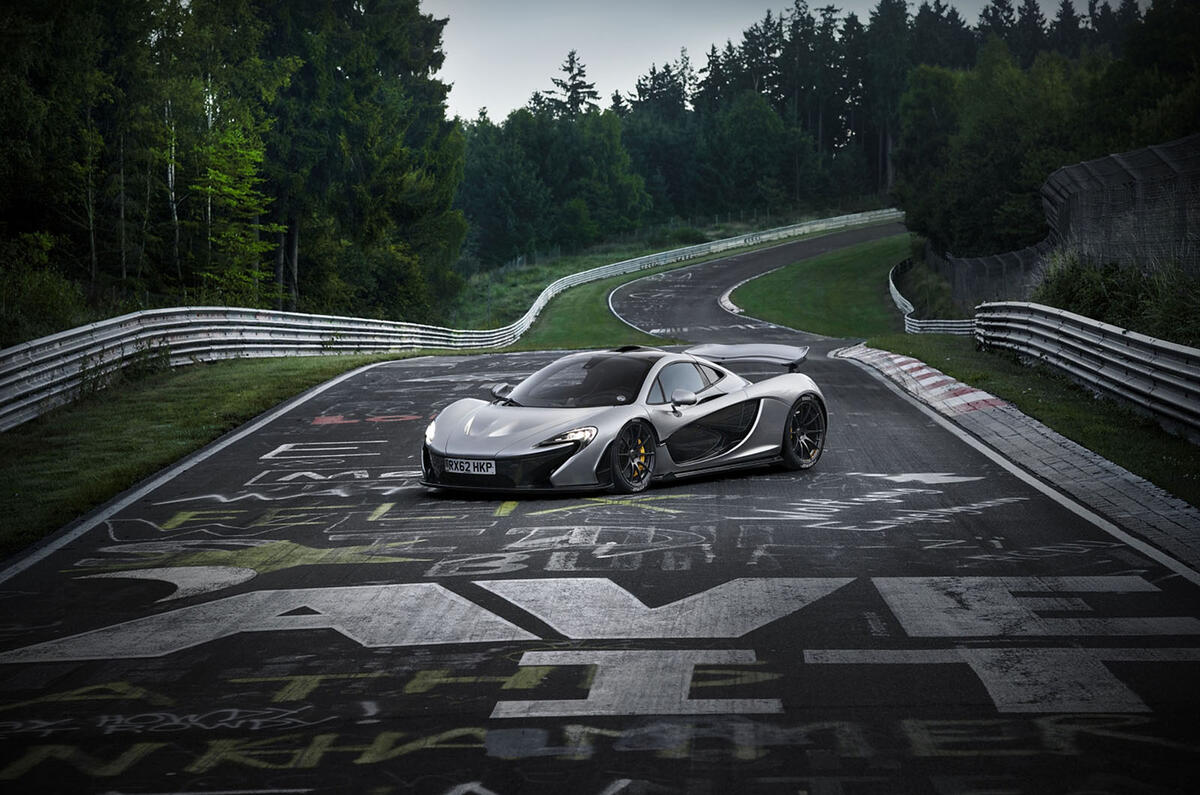
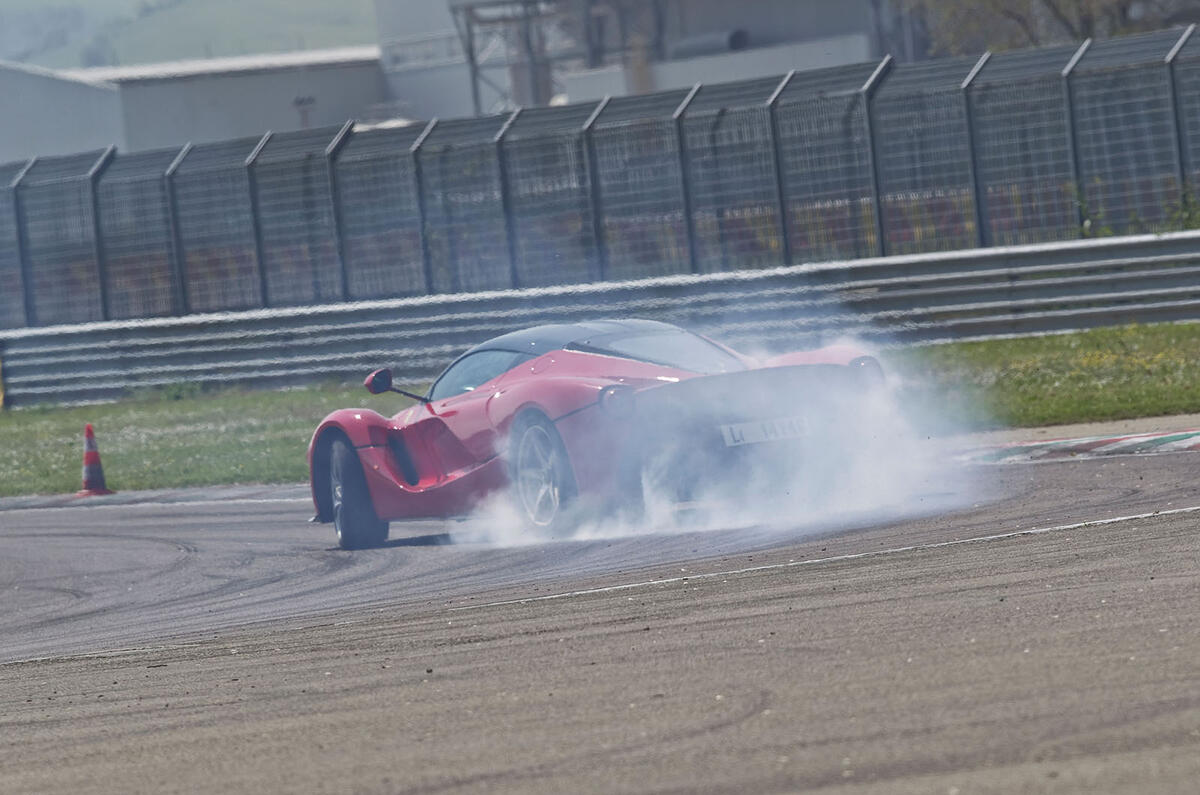
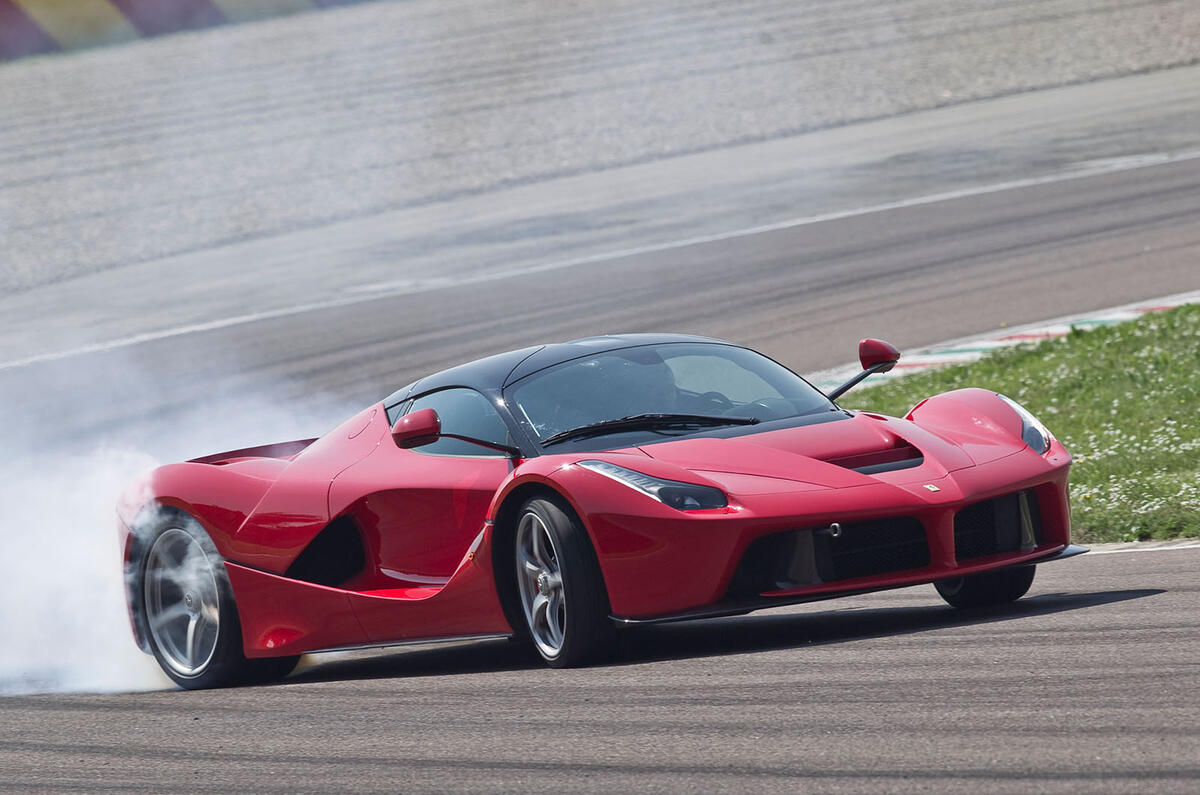
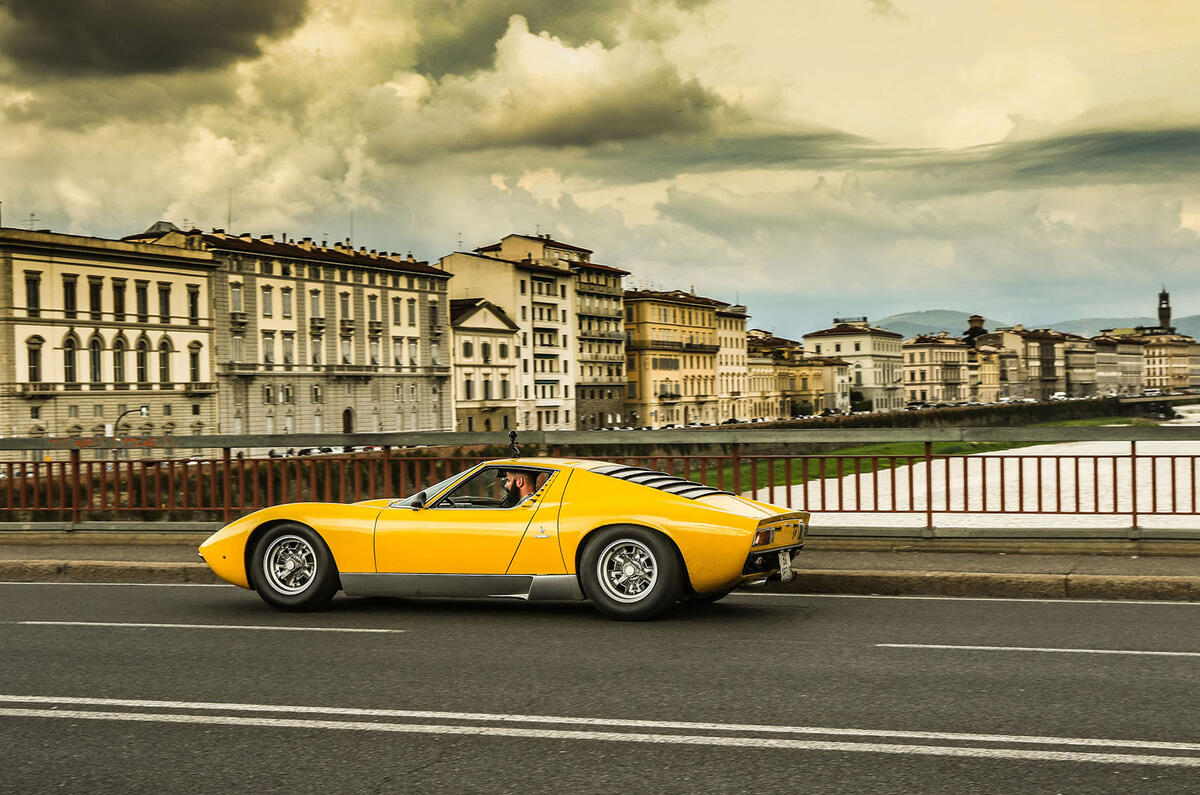
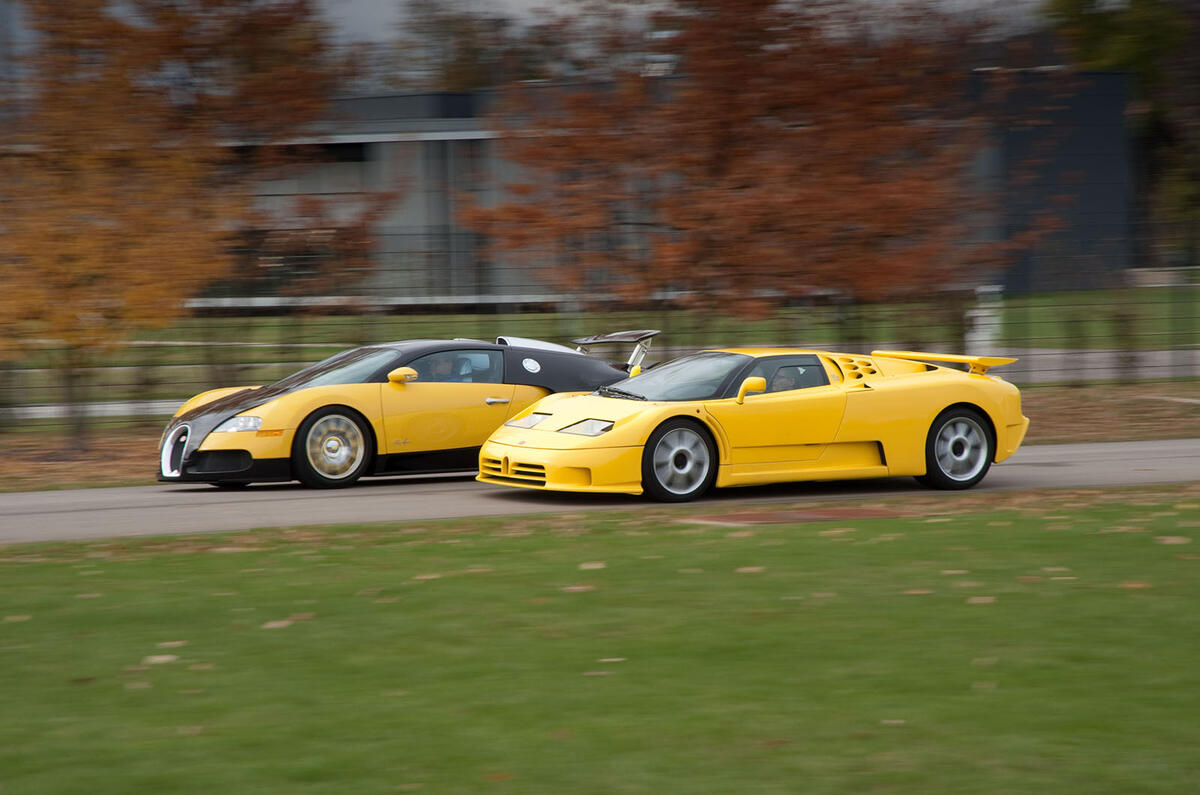
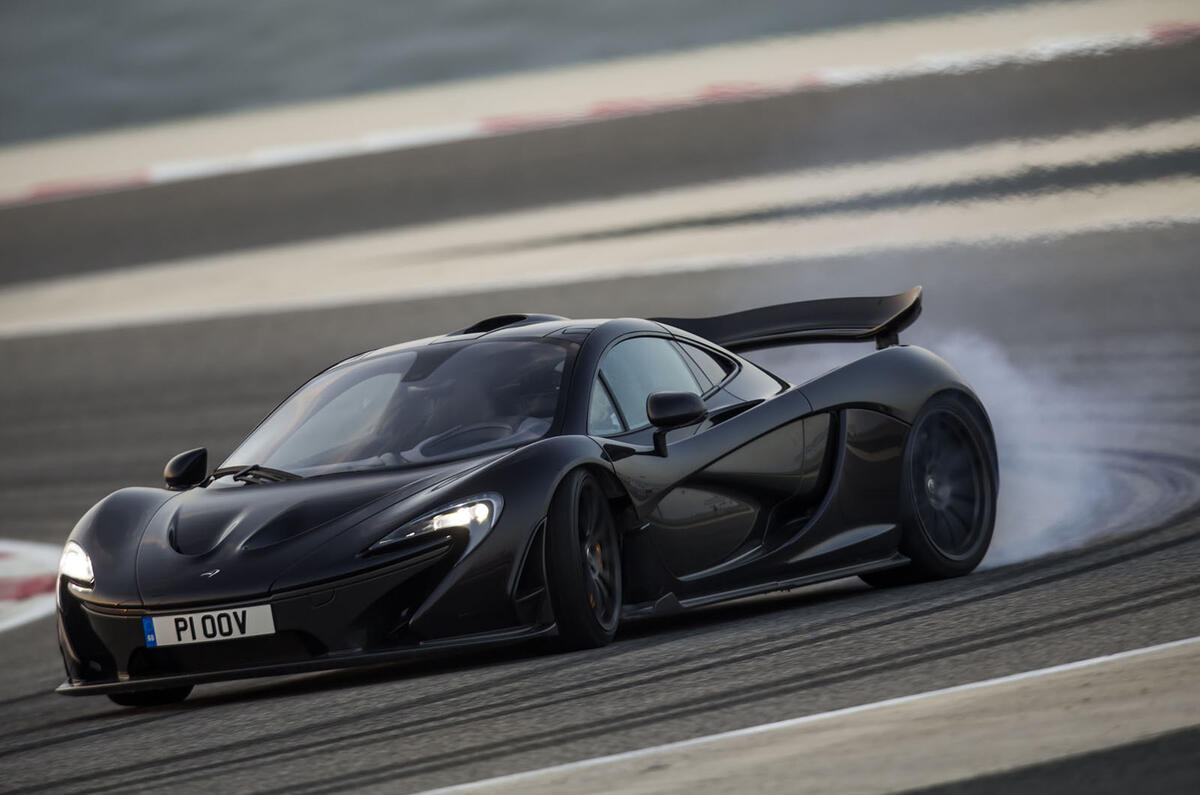

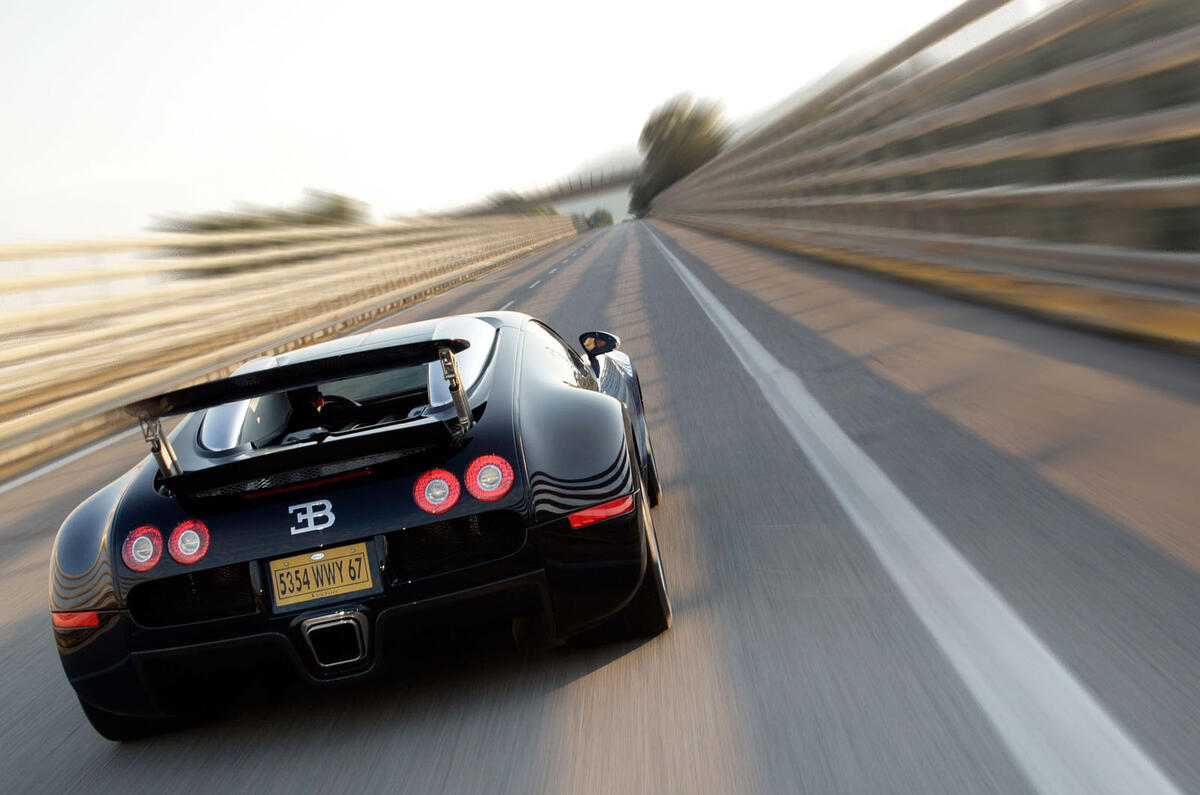
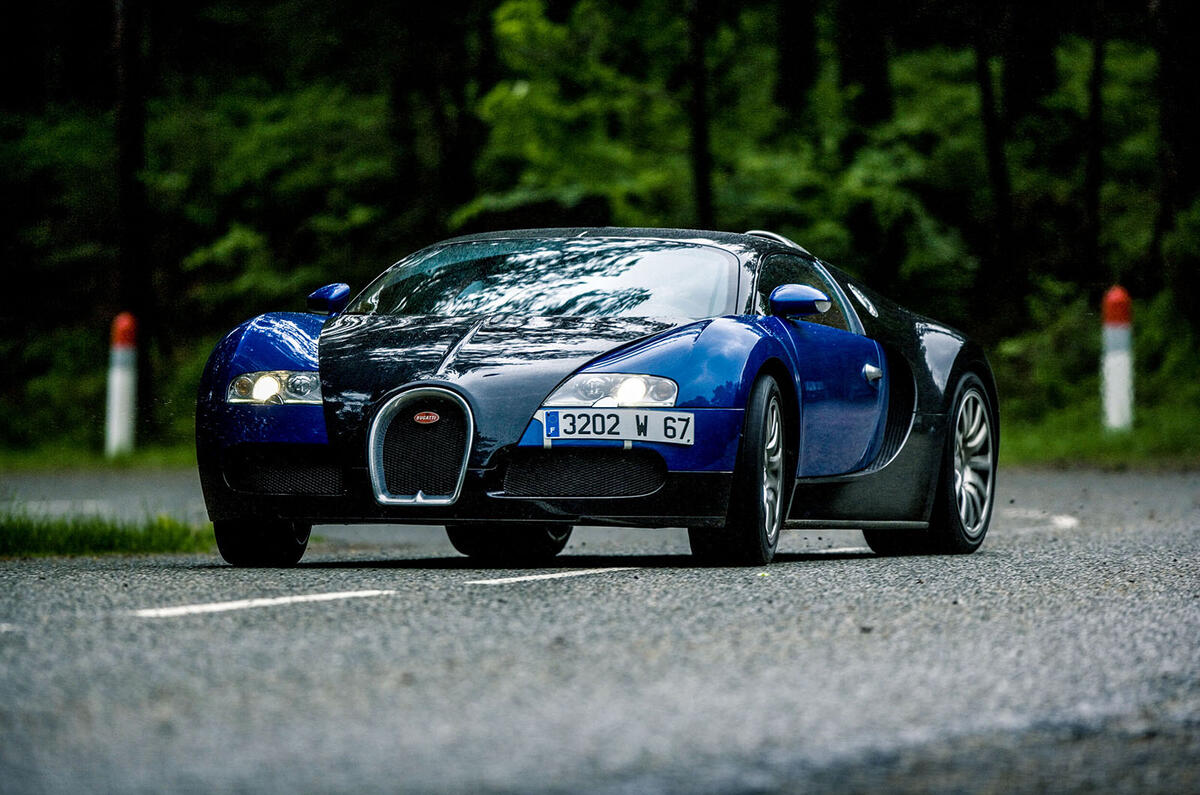
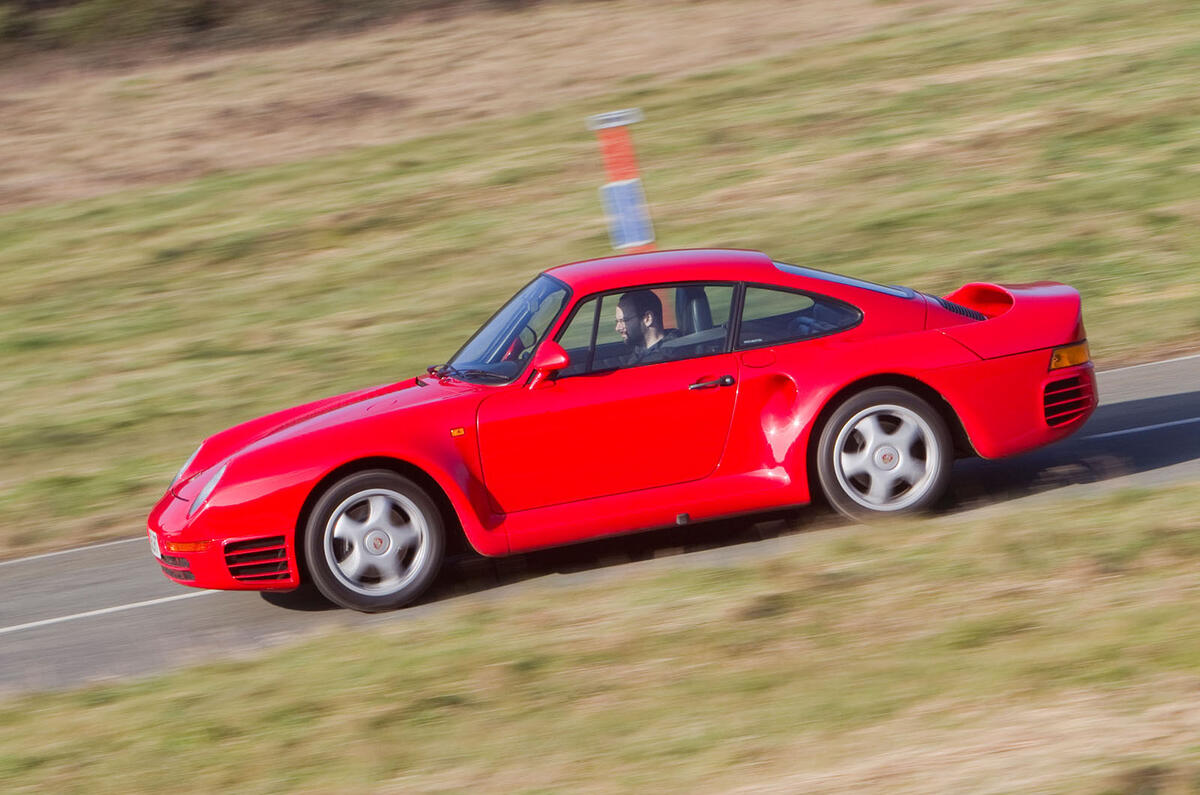
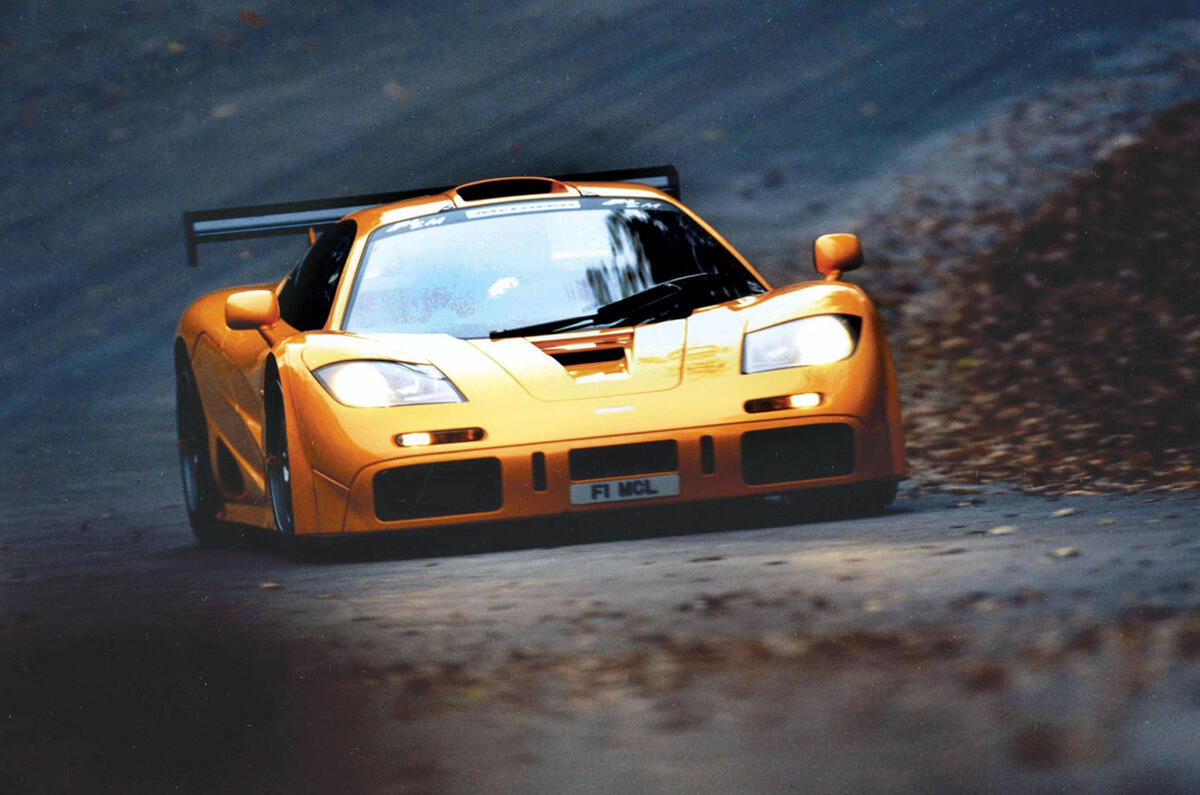
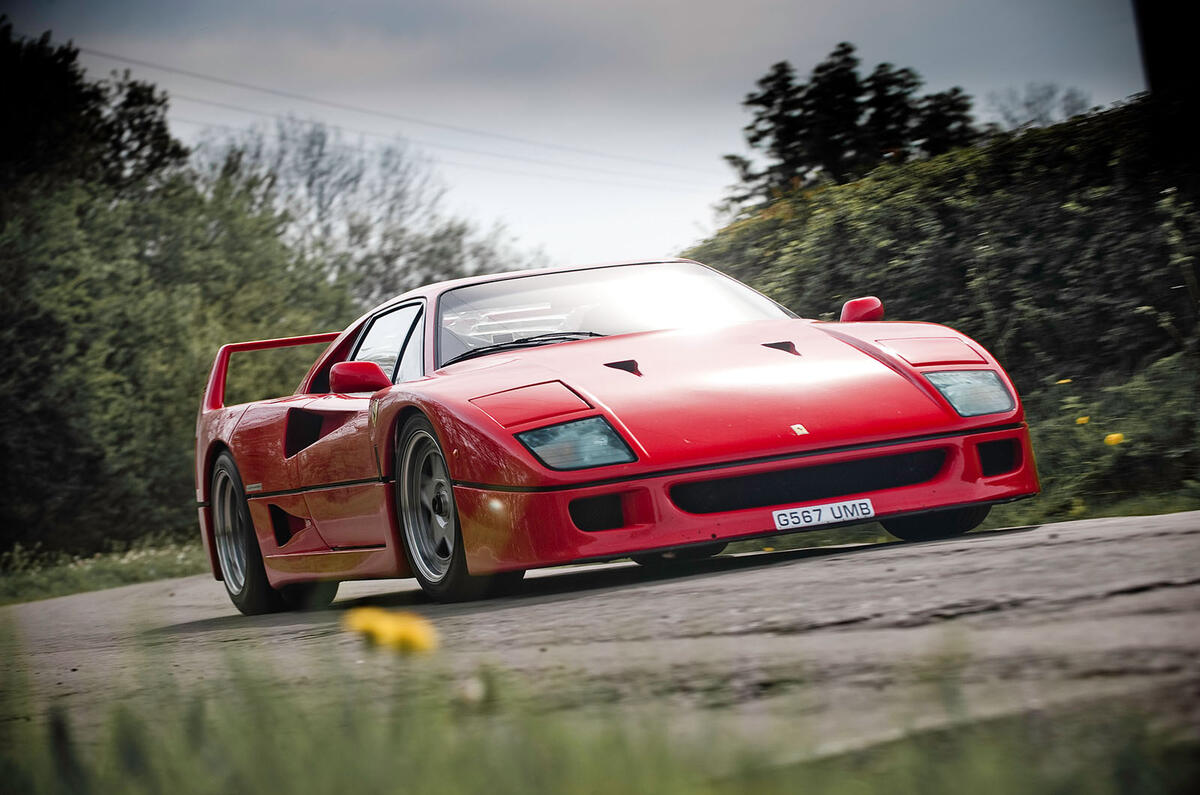
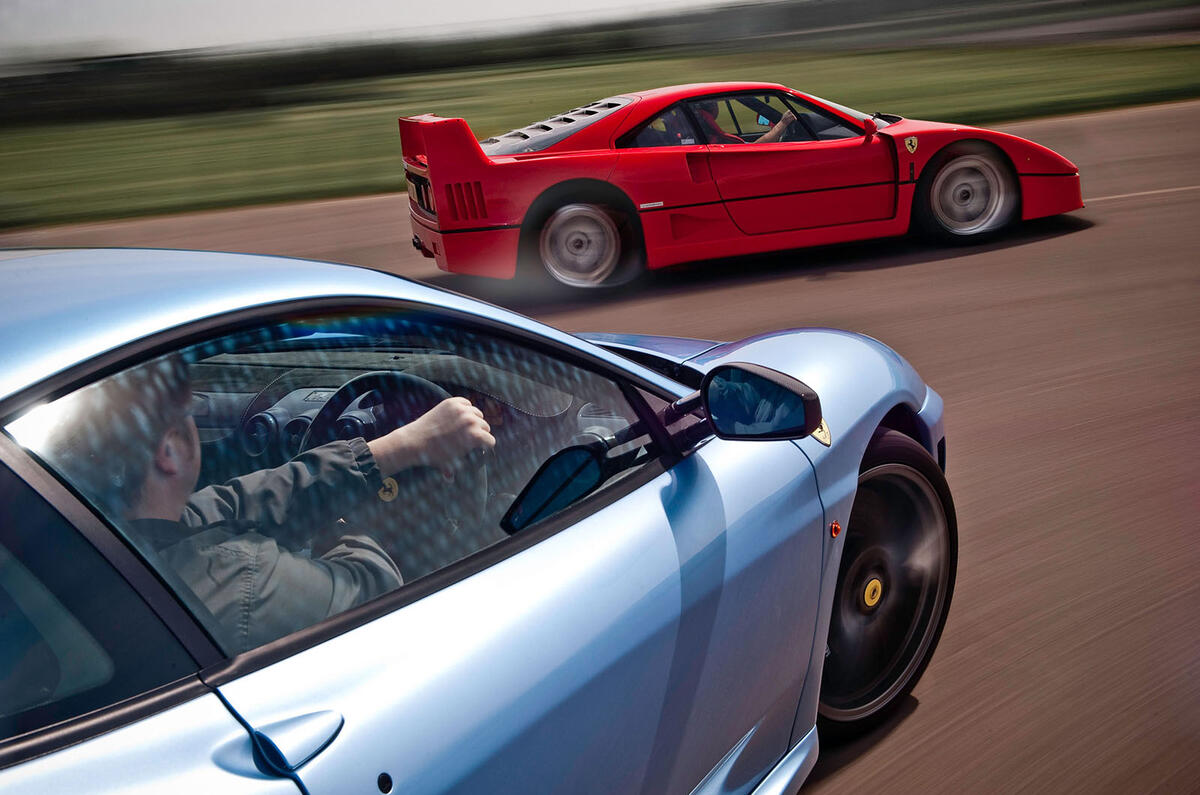
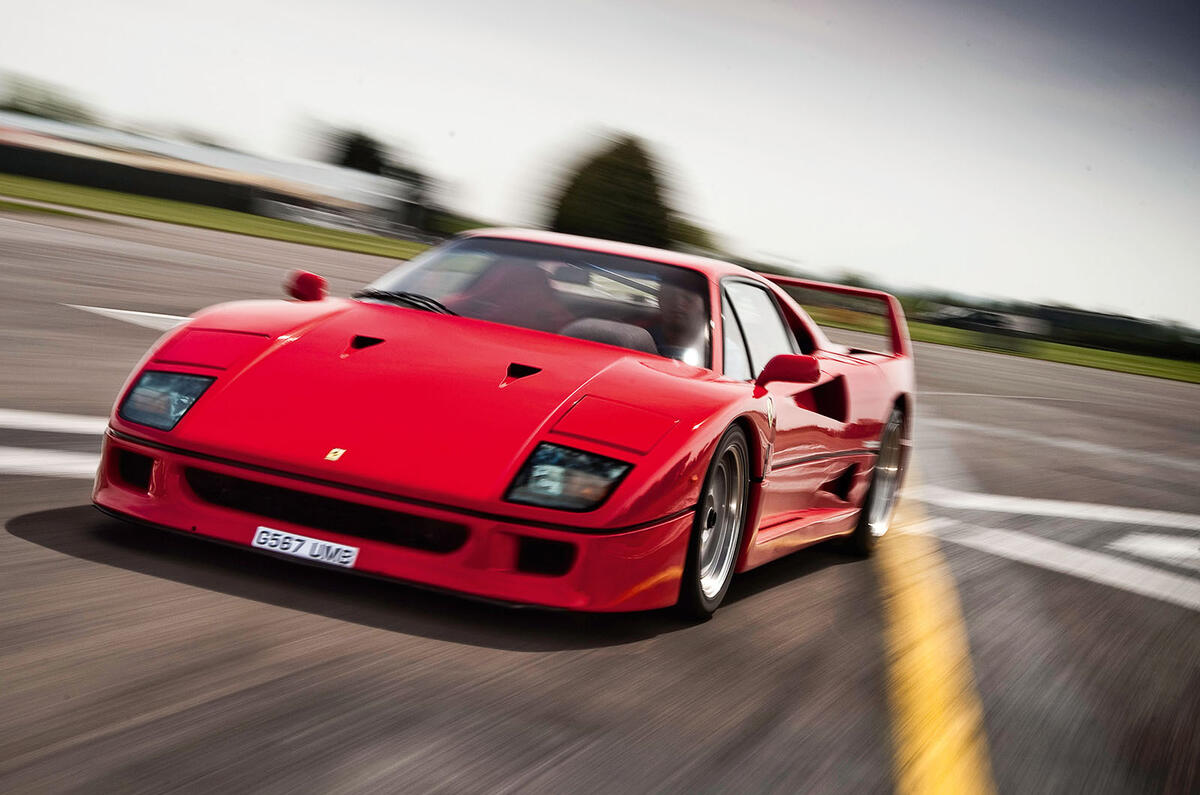
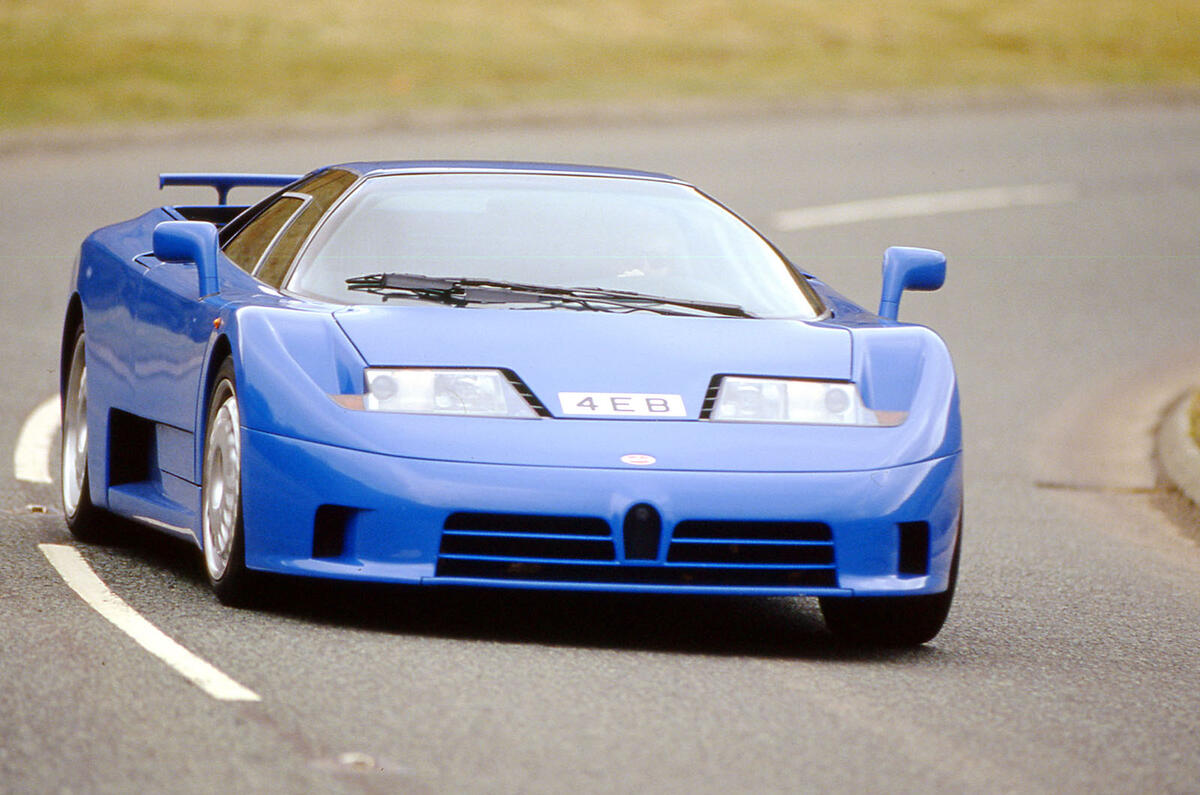
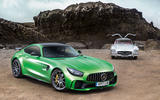

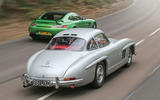
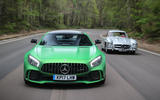
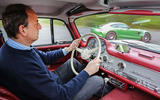
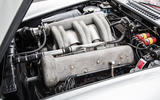
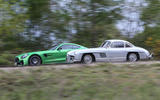
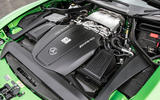
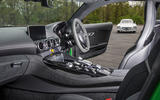
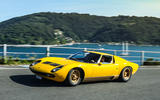
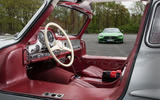
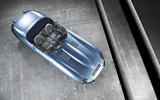
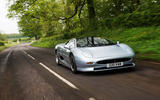
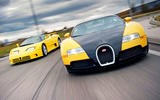
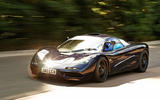
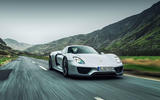
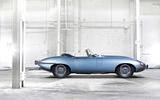

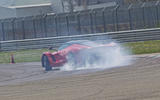

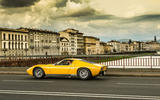
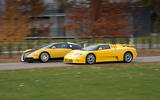
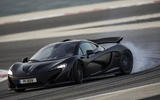
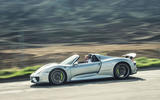


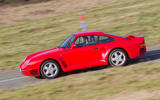
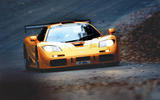
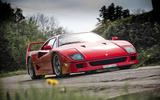
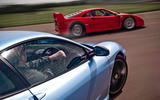
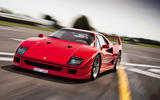
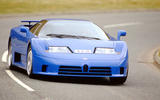


Join the debate
Add your comment
So Andrew thinks he should go
The title of the article
Not sure when the trend for wider and wider supercars began, maybe around the time of the Testarossa and Countach. It cant be Italians with their scenic narrow roads who prefer bigger and bigger supercars, their size must appeal to America and Middle East markets.
The World's Greatest Investment Cars - The Alternative Headline
Sad to read!
And this is the saddest thing about all of these super/hypercars - For far too many owners, it's more about the investment potential rather than owning and actually using an incredible car.
Most of the cars are bought and then spend almost their entire lives sitting in storage somewhere, rarely ever turning a wheel, especially the later super/hypercars like the P1, 918 and LaFerrari.
Too many owners daren't put any mileage on their cars due to the effect it would have on their re-sale value, and some owners buy the cars and never even register them so that their value remains as high as possible.
Considering how incredible these cars are said to be to drive (sadly, I doubt I'll ever have the opportunity to find out if they are great or not for Myself), that strikes Me as being a sad situation!